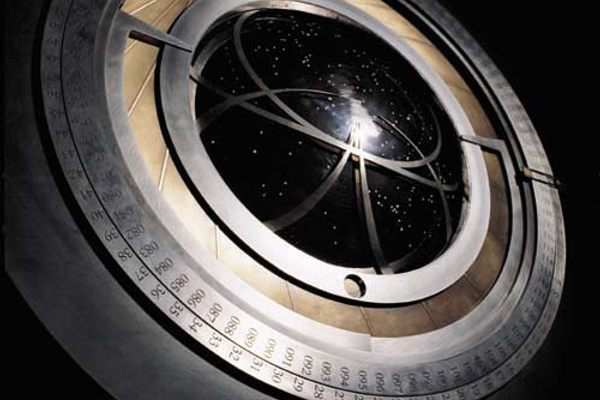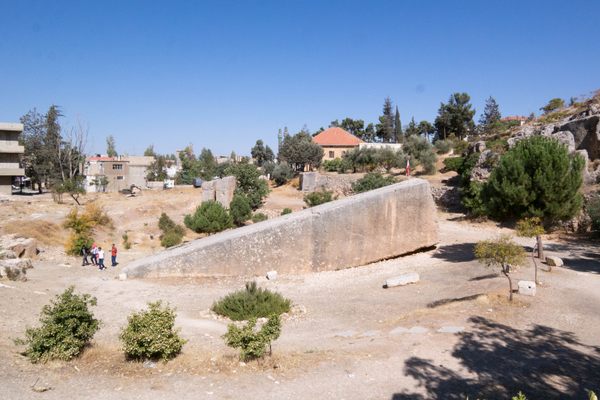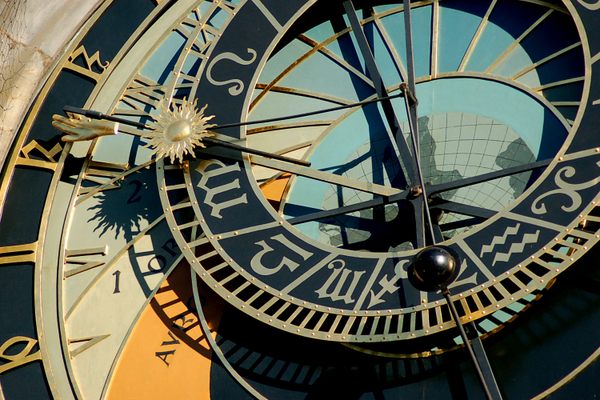About
In 1928, a clock enthusiast visiting Salisbury Cathedral’s 1884 turret clock noticed something unusual: a second large, wrought iron clock mechanism was also sitting in the tower, apparently ignored for generations. Though subject to some debate, his discovery is thought to be the Cathedral’s original mechanical clock, dating to 1386, making it the oldest working clock in the world.
Salisbury Cathedral was still relatively young when the Medieval Clock was originally installed in a separate clock tower (demolished in 1789). Without a face, the clock was designed for one thing only: to ring a bell on the hour to remind local parishioners of service times. Although it no longer chimes, thanks to an extensive restoration, today the clock functions much in the same way as it did more than 600 years ago, slowly clicking away the hours in the north aisle of the nave.
The design of this clock introduced to Salisbury the also relatively new concept of standardized hours, rather than the ever-shifting increments, based on the seasons, that came before, in the era of sundials. The clock is wound manually, through the turning of large wheels, which raise weights. The descending weights turn rope-bound barrels, which in turn power the clock.
The clock was disassembled and restored in 1956. Since then the age of the clock has come into question several times. No one seems to debate that Salisbury Cathedral had a clock dating to 1386, but the design of this clock has led some to speculate that this may not be that same machine. Similar clocks found elsewhere in the U.K. and Europe have been dated to the 1500s. A notable exception, the very similar Wells Cathedral Clock, is also dated to the 14th century, however the same doubts exist about its date as the Salisbury Clock. The debate continues among horological types, but most seem to favor the Medieval dating of Salisbury’s giant timepiece.
Related Tags
Know Before You Go
The Medieval Clock is located in the north nave of the cathedral, directly opposite the public entrance.
It's £11 to get in, which is valid for a year and includes access to the Magna Carta. The cathedral is fully accessible.
Published
December 30, 2013
Sources
- Dating Salisbury: Dating the Salisbury Cathedral Clock: http://clocknet.org.uk/wiki/doku.php?id=dating_salisbury
- Wikipedia: Salisbury Cathedral Clock: http://en.wikipedia.org/wiki/Salisbury_cathedral_clock
- Forbes: "The Oldest Working Clock" (February 2008): http://www.forbes.com/2008/02/28/oldest-work-clock-oped-time08-cx_po_0229salisbury.html








































